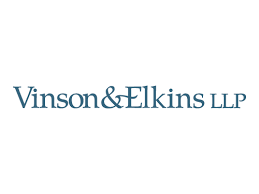While 2022 showed that the sustainable debt market is not impervious to overall economic slow-down (particularly in the capital markets), 2023 demonstrated its resiliency, even in a high-interest rate market. Notwithstanding increasing undercurrents of greenwashing concerns and skepticism, banks, investors and companies continue to turn their attention to environmental, social and governance (ESG) factors in response to changing societal expectations and evolving ideas regarding the ability of good ESG practices to create value or mitigate the erosion of value. In fact, private sector issuers, including financial and non-financial corporates, were responsible for the majority of green bond volumes in 2022 and non-financial corporates were the largest issuers of green bonds in the first half of 2023. Sustainable debt instruments are the debt market’s answer to the increased focus on ESG criteria, used either to fund ESG initiatives or to align with and incentivize corporate initiatives to perform against ESG key performance indicators. Companies increasing their focus on ESG issues have a unique opportunity to gain access to additional financing sources and/or financing on more favorable terms by using available sustainable finance tools. “Green bonds,” “green loans,” and performance-specific sustainability-linked debt instruments comprise only a portion of the instruments falling under the umbrella of sustainable finance.
Sustainable Debt Finance: Trends and Opportunities in an Area of Accelerated Growth
Back to All Thought Leadership


